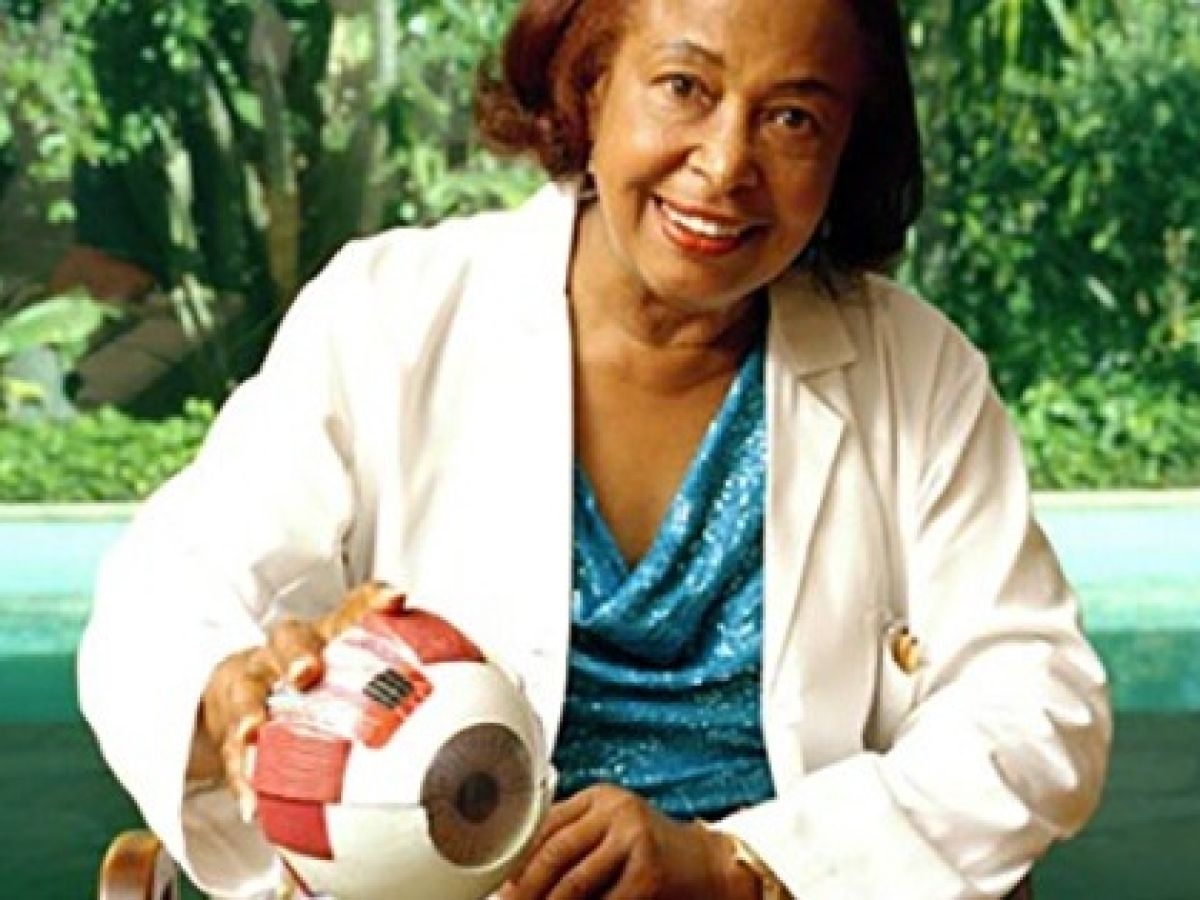(American Institute for the Prevention of Blindness)
Bringing Equal Eye Care
After discovering that African-Americans received less eye care than other races, Patricia Bath decided to do something. Bath co-founded the American Institute for the Prevention of Blindness (AIPB) in 1976, “a non-profit organization dedicated to the prevention of blindness through programs designed to PROTECT, PRESERVE, and RESTORE the Gift of Sight” (American Institute for the Prevention of Blindness). It is “founded on the principle that EYESIGHT IS A BASIC HUMAN RIGHT and that PRIMARY EYE CARE must be a component of Basic Health Services provided free if necessary for all humankind” (American Institute for the Prevention of Blindness). As the director of the AIPB, Bath traveled and spread the idea of community ophthalmology. This was the idea of bringing equal eye care through education and public health outreach. She also donated equipment, gave lectures, and performed surgeries, all in an attempt to bring equal eye care to everyone.
